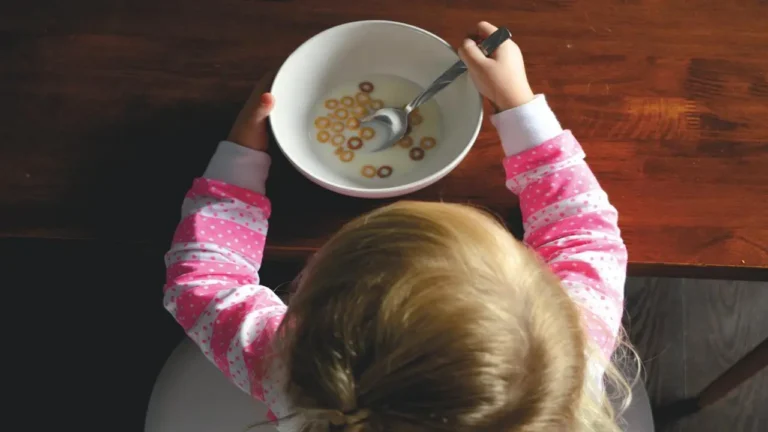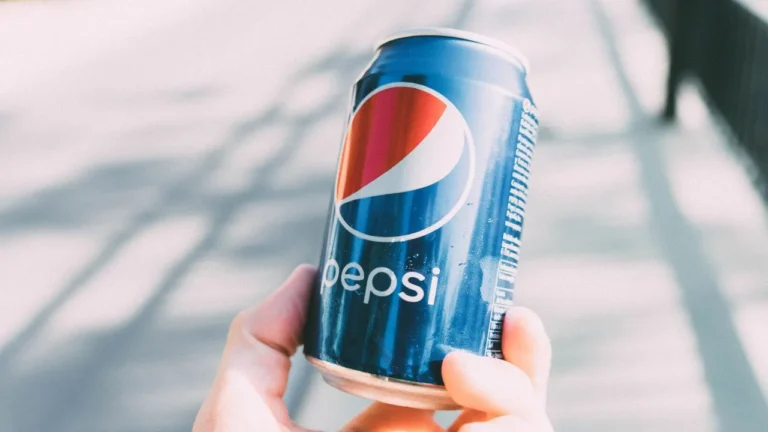Boost Your Child’s Wellness: 10 Super Healthy Foods They’ll Love
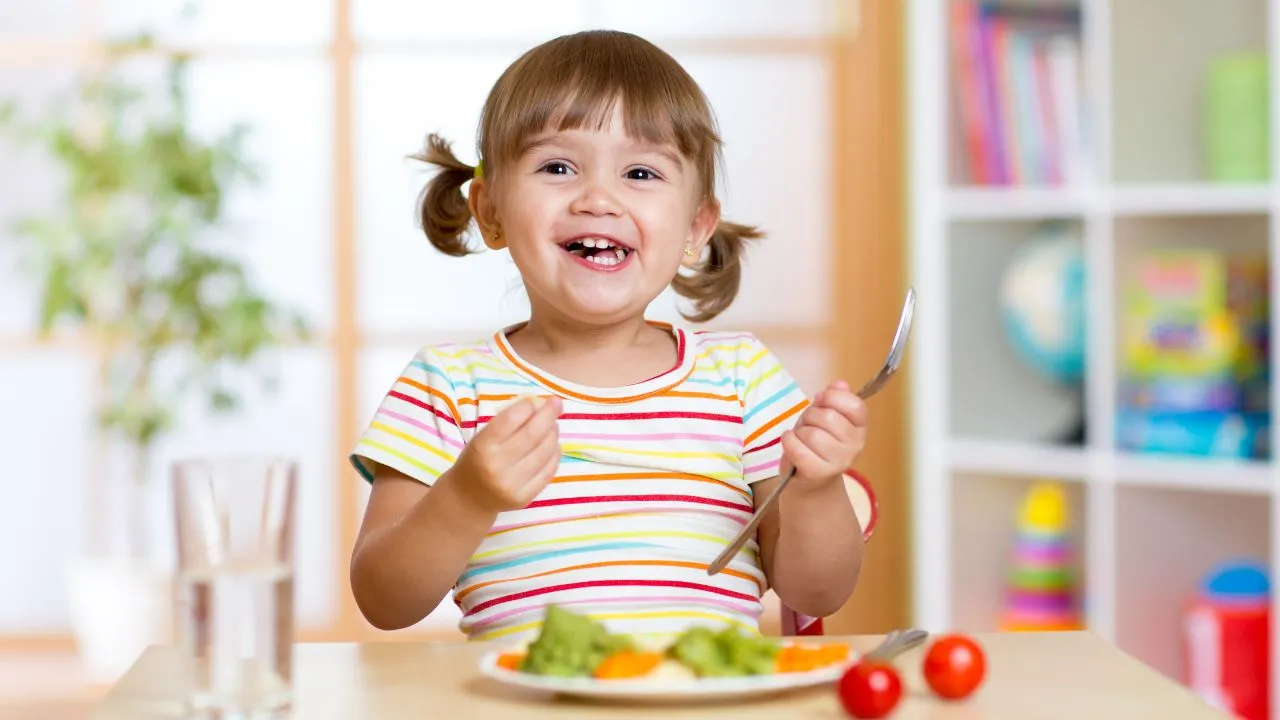
Finding healthy foods for kids that are both nutritious and appetizing can feel daunting. As parents, we want to feed our kids a variety of foods that will nourish their growing bodies and minds.
The Department of Health and Human Services Dietary Guidelines for Americans recommends focusing on diet quality to reduce the risk of obesity and chronic illnesses. But with so many foods available, how do you choose the right ones? In this article, we’ll explore the 10 healthy foods that check all the boxes for childhood nutrition.
These picks provide the building blocks for growth and development without the struggle of refused dinners. From fruits and veggies to lean proteins and whole grains, you’ll find tips and recipes to help feed your kids wholesome foods they’ll love. Get ready to discover healthy and delicious options that will bring peace and joy back to mealtimes!
1. Yogurt
Yogurt is a parent’s secret weapon when it comes to healthy foods for kids. Packed with bone-building calcium and gut-healthy probiotics, yogurt provides a nutritional one-two punch. When shopping for yogurt, look for unsweetened, plain varieties, which have less sugar.
Jazz it up with fresh fruit, granola, or a drizzle of honey. Try making homemade yogurt popsicles for a refreshing summer treat. Yogurt also makes a perfectly portable breakfast or snack on the go. Just grab a tube or single-serve cup and you’re out the door.
Smoothies are another great way to incorporate yogurt – simply blend Greek yogurt with frozen fruit for a creamy, protein-packed drink. However you serve it, yogurt is a convenient and healthy choice loved by kids and parents alike.
2. Beans
Beans may not seem like an obvious kid-pleaser, but these nutritional powerhouses can be incorporated into family favorites in kid-friendly ways. Beans are loaded with protein, fiber, and key nutrients like iron, magnesium, and zinc.
Canned beans are an easy shortcut – just rinse to reduce sodium before adding them to dishes. Try mixing beans into pasta sauce, tacos, dips, soups and more. Refried beans can be used as the base for quesadillas or tostadas for a quick protein-packed meal that kids will love.
Edamame (fresh soybeans) makes a fun finger food and is packed with plant-healthy protein. Chickpeas can be roasted and seasoned for a crispy snack too. Getting creative with beans can help ensure your kids get all the benefits of this versatile plant-based protein while still enjoying foods they like to eat. Beans check a lot of boxes when it comes to healthy and delicious kid-friendly foods.
3. Eggs
Eggs are a breakfast staple, but they can be so much more! Packed with protein, healthy fats, and vitamins and minerals like vitamin D, B12, and iron, eggs are a nutritional powerhouse.
Studies show eggs don’t negatively impact cholesterol levels, so there’s no need to limit egg consumption. Get creative in how you serve eggs to keep things interesting. Whip up a veggie-filled omelet or frittata, top a salad with hard-boiled eggs, make deviled eggs for snacking, or stir eggs into rice and veggies for a bowl of quick-fried rice.
Little ones will love dipping their toast soldiers into soft-boiled eggs. The options are endless when cooking with eggs! Keep a dozen hard-boiled eggs in the fridge for an easy on-the-go protein source. However you crack them, eggs are a versatile and healthy choice loved by kids and adults alike.
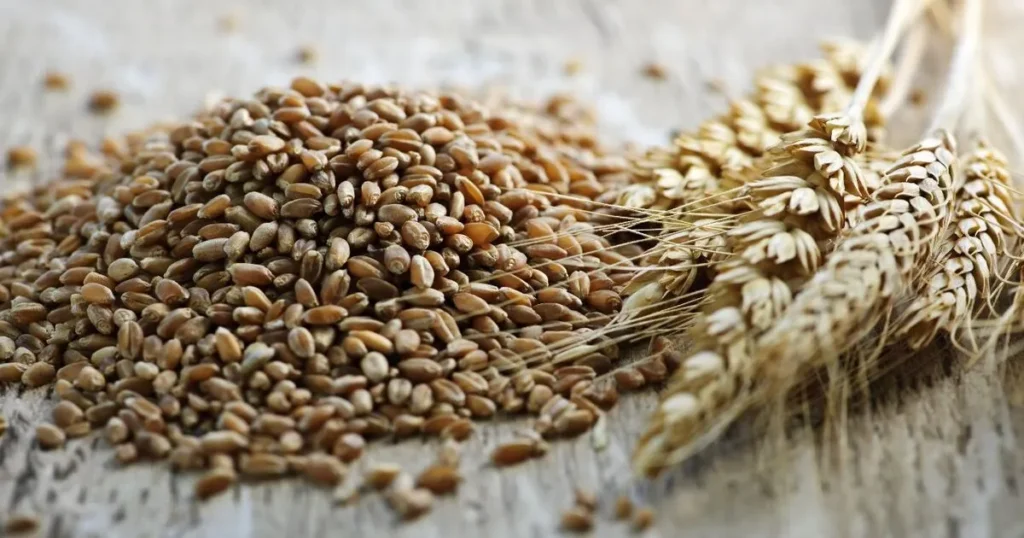
4. Whole-Grain
Whole grains like oatmeal, whole wheat bread, and brown rice should be everyday foods that help kids get the nutrients they need while avoiding processed foods high in saturated fat, added sugar, and low in fiber. The Dietary Guidelines for Americans recommend making at least half your grains whole grains to promote diet quality and reduce the risk of obesity and type 2 diabetes.
Whole grains are rich in vitamins, minerals, and fiber that growing kids need. Fiber keeps kids feeling fuller longer while slowing sugar absorption. Encourage your children to eat well by serving whole-grain cereal or oatmeal for breakfast. Use whole wheat bread or pasta for sandwiches and dinners they’ll love.
Pair whole grains with a variety of colorful fruits and vegetables for healthy meals and snacks. Add wheat berries or quinoa to salads or sides for a nutritious crunch. Blend oats into a smoothie or homemade snack bar. There are so many tasty ways to incorporate whole grains into your kids’ diets.
Just remember to check the ingredients list for 100% whole wheat or whole grain. Helping kids develop healthy whole-grain habits now pays off with lifelong nutrition and health benefits.
5. Lean Protein
Protein is essential for kids’ growth, but not all protein sources are created equal. Lean options like chicken, turkey, fish, eggs, beans, and nuts provide protein minus unhealthy saturated fats or nitrates found in processed meats.
The American Academy of Pediatrics recommends limiting processed meats like hot dogs and deli meats which are linked to increased cancer risk.
Instead, focus on a variety of minimally processed lean meats, fish rich in omega-3s like salmon, and plant proteins. Make it fun by creating kid-friendly food kabobs with lean meat, cheese cubes, and fruit or veggies. Simple turkey quesadillas, salmon patties, and bean burritos are all nutritious, kid-pleasing options.
Nuts and nut butter also offer protein, healthy fats, and vitamins for snacks and meals. Prioritizing lean proteins provides nutrition without unwanted extras.
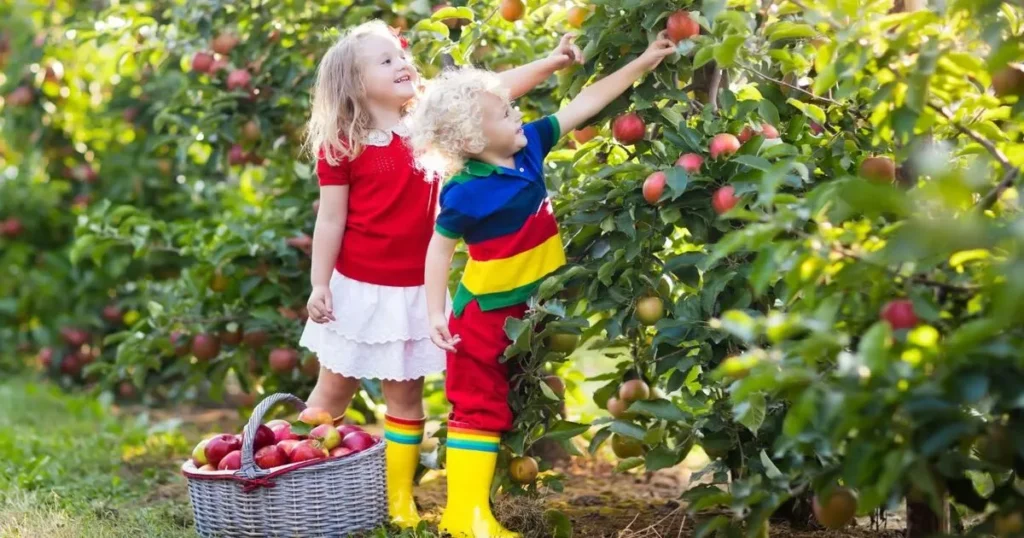
6. Fruits and Vegetables
Fruits and vegetables provide a rainbow of vitamins, minerals, and fiber important for kids’ growth and health. But many kids don’t get enough each day. Offer a colorful variety of fresh, frozen, and even 100% fruit juice to meet needs.
Fruits are kid-friendly choices like berries, bananas, melons and apples. Swap fruit drinks with added sugars for lower-calorie, nutrient-dense options like water or milk.
Make fruit fun by creating kabobs or popsicles together. Load up on vegetables by incorporating them into pizza, pasta, soups, smoothies, and more. Choose whole vegetables over white potatoes and rice for more nutrients. Make it a game to try new veggies each week.
Offer veggies with healthy dips like hummus, guacamole, or yogurt-based options. With creativity and persistence, your child can learn to love nutrient-packed produce.
7. Dairy
Dairy products like milk, yogurt, and cheese provide calcium, vitamin D, and protein that growing kids need. The Dietary Guidelines for Americans recommend 2-3 servings of low-fat or fat-free dairy daily. Milk and yogurt also contain probiotics for gut health.
When choosing dairy, opt for low-fat, low-sugar products. Flavored milk and yogurts can contain added sugars that negatively impact diet quality. For a sweet treat, make your yogurt popsicles by mixing Greek yogurt with fruit.
String cheese and cottage cheese are convenient, portable options. Getting enough dairy improves bone health and provides nutrients lacking in many kids’ diets. Establishing healthy dairy habits early promotes healthy eating as kids grow.
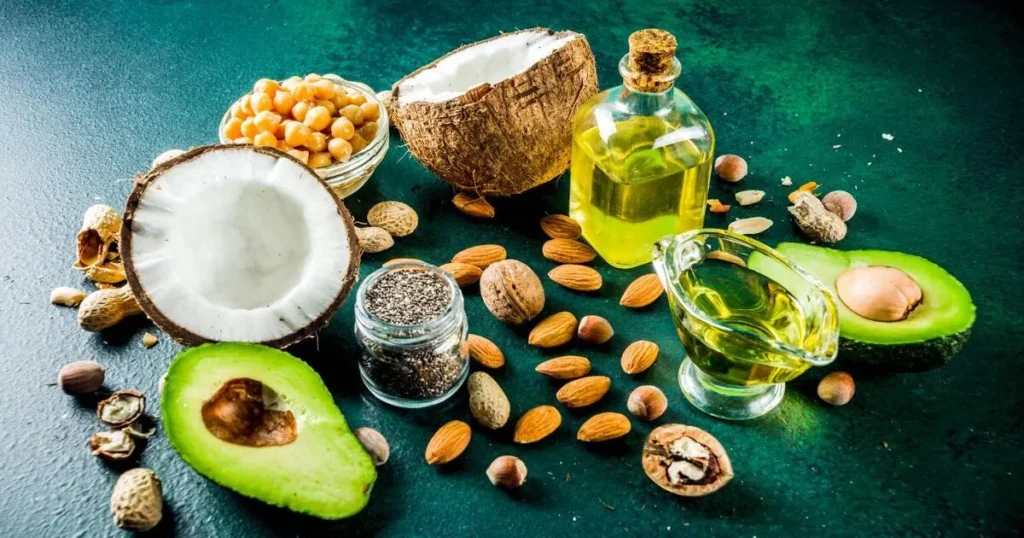
8. Healthy Fats
Not all fats are created equal! Healthy fats are an important part of a nutritious diet for kids and adults. Foods like avocado, olive oil, nuts, seeds, and fatty fish provide unsaturated fats that reduce inflammation and risk for heart disease. These fats also aid vitamin absorption and keep kids feeling fuller longer.
Limit saturated fats found in meats, butter, cheese, and packaged snacks which can increase cholesterol and weight gain when eaten in excess. Aim for a balance of plant-based and lean animal proteins to meet needs. Don’t demonize fat in your child’s diet – just focus on healthier unsaturated sources. Teaching kids that healthy fats help feed their brain and body sets them up for better eating habits down the road.
9. Water
Water makes up the majority of our bodies and is vital for every bodily function, yet many kids don’t drink enough each day. Encourage your child to choose water over sugary drinks like soda and juice. Adding sliced fruit like oranges, lemons or berries can create fun-flavored waters kids will love.
To stay hydrated, have your child carry a reusable water bottle for easy sipping throughout the day. For an extra nutritional boost, create smoothies using milk and fresh or frozen fruit. Getting in the habit of reaching for water over sugar-sweetened beverages promotes healthy habits. Staying hydrated gives kids the fluids they need to concentrate, be active, and feel their best.
10. Whole Foods
Some of the healthiest foods for kids are in their whole, unprocessed forms. Whole foods like fruits, vegetables, whole grains, beans, nuts, seeds, eggs, and yogurt provide maximum nutritional benefits.
On the flip side, heavily processed foods often contain excess sodium, unhealthy fats, and additives while lacking vitamins and minerals. Read labels and choose options with whole food ingredients kids recognize.
If your child prefers white over whole wheat bread, try mixing them half and half. Blend white beans into muffins or swap cauliflower rice for regular in favorite dishes. Small tweaks help transition kids’ palates to enjoy whole foods.
Emphasize overall diet quality, not just individual foods. Helping kids appreciate whole foods from the start encourages long-term healthy eating.
Healthy Foods For Kids: A Modern Parent’s Guide
How to balance your child’s favorite foods with the nutrients they need! Do they balk at anything that’s not high in sugar or swimming in sauce? Don’t worry, you’re not alone. I remember trying to introduce my niece to celery. Let’s just say, it was less than successful at first. But guess what? There are tried-and-true strategies that work.
The MyPlate Method
Ever heard of MyPlate? If you haven’t, it’s a simple guide for balanced meals. Your aim? Half the plate should be fruits and vegetables, one-fourth of whole grains, and one-fourth of protein sources like red meat, cheese, or beans.
Question to ponder: What does your kid’s plate look like?
Choices, Choices, Choices!
As a parent, your role is to offer variety. Kids will eat what they want, but they need options. Fun fact: A 2018 study found that when kids are involved in food prep, they’re more likely to eat the foods made—healthy or not.
Make It a Family Affair
What happens when you serve food “family-style”? Emma Fogt, an expert in the field, recommends this approach because it lets kids decide what and how much they want to eat.
Pro tip: Always include at least one food that your “limited-eater” enjoys. Yes, they might pile on the bread, but other healthy options are right there, waiting to be tried.
Be the Change You Want to See
“Your children are always watching,” Fogt wisely notes. Be a role model for healthy eating. Avoid sugary drinks yourself, opt for healthy snacks, and make mealtimes a phone-free zone.
Take the Pressure Off
Do you want your child to increase the risk of disliking healthy foods like celery or foods rich in omega-3 fatty acids? No? Then don’t force it. The more you push, the less appealing these foods become. Keep mealtime stress-free.
Patience is Your Best Friend
Consistency is key. Feeling fuller for longer isn’t going to happen overnight. And hey, it can take several tries before your child accepts a new food.
Choose Your Words Wisely
If you say, “You’re not going to like this, but try it anyway,” guess what happens? Yup, they won’t like it. Instead, introduce new foods alongside their favorite ones.
Don’t Go It Alone
If all else fails, professionals are there for you. Dietitians, pediatric psychologists, and feeding specialists can offer more targeted advice.
So, as we wrap up, remember—healthy eating is a journey, not a destination. Your child may not like everything, and that’s perfectly fine. The goal is to expose them to a balanced diet and let them find their way. Cheers to a healthier, happier family!





